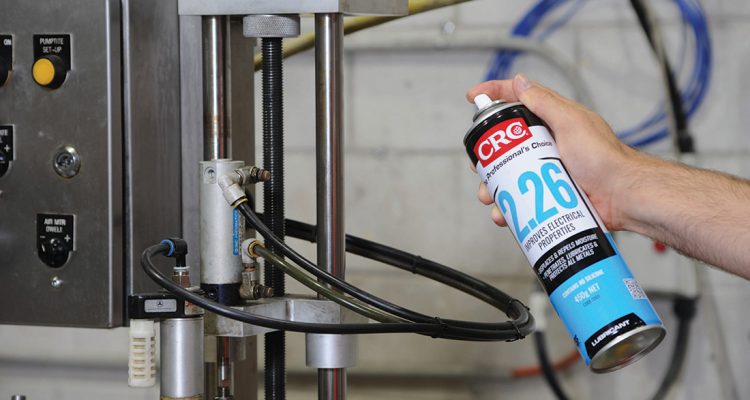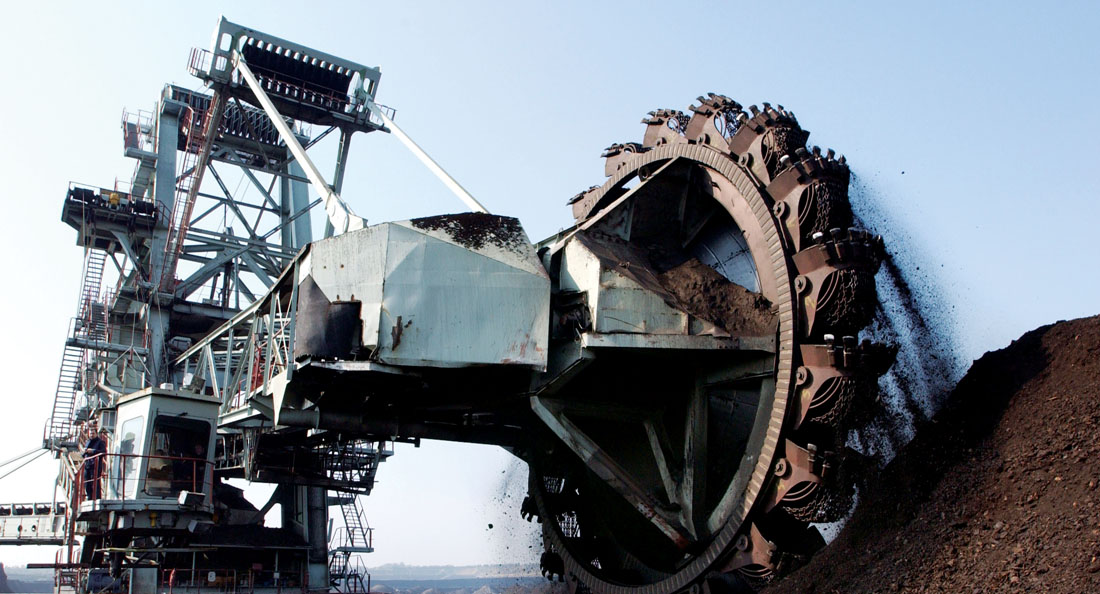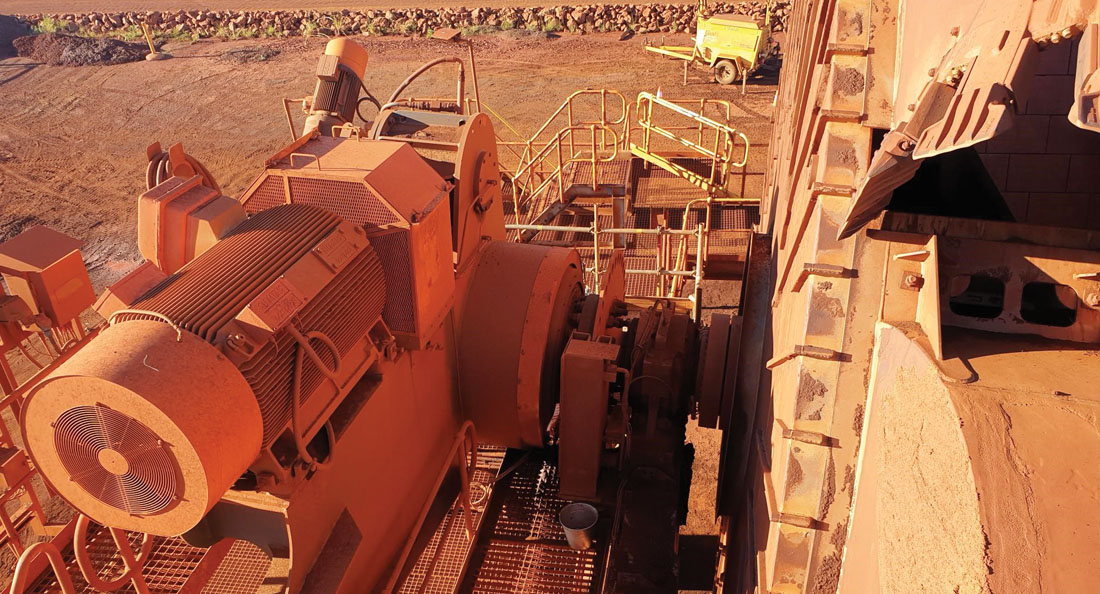Prevention is the name of the game when it comes to maintenance of electrical equipment in water and wastewater treatment facilities, according to Steve Keown, CBC’s National Product Manager for Lubricants.
“Why risk spending thousands of dollars on repairs when you can prevent those damages?” says Keown.
“When you are running a water treatment plant 24 hours a day, seven days a week, there’s always the risk that things might not go as planned. So, if there’s a water leakage somewhere or just a high level of moisture in the air, it adversely affects the life of the electrical equipment.”
As a national-level distributor with branches available across Australia, CBC’s role is to ensure that industrial facilities, including water and wastewater plants, have access to a wide range of protective and cleaning solutions to safely maintain their electrical equipment.
This is made possible through CBC’s partnership with lubrication and cleaning expert, CRC Industries, helping to bring an extensive range of specialty products for electrical parts cleaning and maintenance.
CRC’s suite of electrical parts cleaners includes Lectra Clean – a non-flammable and residue-free solution for heavy-duty grease oil and sludge applications.
CRC’s National Channel Manager, Iain Faber says the product is available as both aerosol sprays and bulk containers, for clean-in-place or submerged cleaning of parts.
“The CRC Lectra Clean has no flash or fire point. This means there’s no risk of fire if the sprayed surface comes in contact with live electrical equipment or if cleaning solution has not evaporated,” says Faber. “The 360 degree valves also ensure that the product can be sprayed when held in the upside-down position.”
CRC also offers the 2-26 multi-purpose electrical cleaners, which acts as an effective moisture barrier to prevent malfunction and deterioration of equipment. The CRC 2-26 cleaner has a high dielectric breakdown – being able to withstand high-voltages of up to 42,000 volts without failure.
“The CRC 2-26 is the best solution for preventive maintenance. Implementing the CRC 2-26 cleaners in maintenance schedules increases the operational life of equipment and eliminates the risk of any moisture-related complications,” says Faber.
While the aerosol 2-26 cleaners are flammable, CRC also offers non-flammable 2-26 solutions in a trigger pack – providing alternatives for site maintenance requirements.
CRC’s CO Contact Cleaner and NF Contact Cleaner complete the range of solutions for electrical equipment cleaning and protection purposes. The CO Contact Cleaner contains COZOL – a special proprietary blend of solvents which enhances the cleaning power without damaging plastics. While this solution is flammable, the NF (non-flammable) Contact Cleaner can be used as an alternative in highly regulated industries.
Apart from preventive maintenance, CRC recommends using the above-mentioned products to salvage water-damaged equipment.
“With the right CRC products and procedures, you can reduce damage or even fully recover equipment that has been already damaged by water contamination. This means potentially thousands of dollars back to your pocket,” says Faber.
Being a global brand with a 50-year manufacturing history in Australia places CRC in a unique position to service the local industries, according to Faber.
“Being connected to a global research and development team helps us remain updated on the latest changes in safety requirements anywhere in the world,” he says. “Also, being an Australian manufacturer ensures that we always have stock availability of our locally developed products – which is particularly important during turbulent times such as the current COVID-19 pandemic.”
Faber notes that CRC’s relationship with customers through the wide CBC distribution and service network is key to offering those benefits to customers.
“It is quite common that the CBC team, along with representatives from CRC visit a customer’s plant and suggest alternative products and processes to ensure equipment and machinery work to their optimum performance” he says.
“With reliability such a central focus in water and wastewater facilities, having the right preventive maintenance procedure in place could determine whether a backup generator kicks in when it’s needed or not or if a safety switch gets jammed. Now how do you really put a price on that?”




